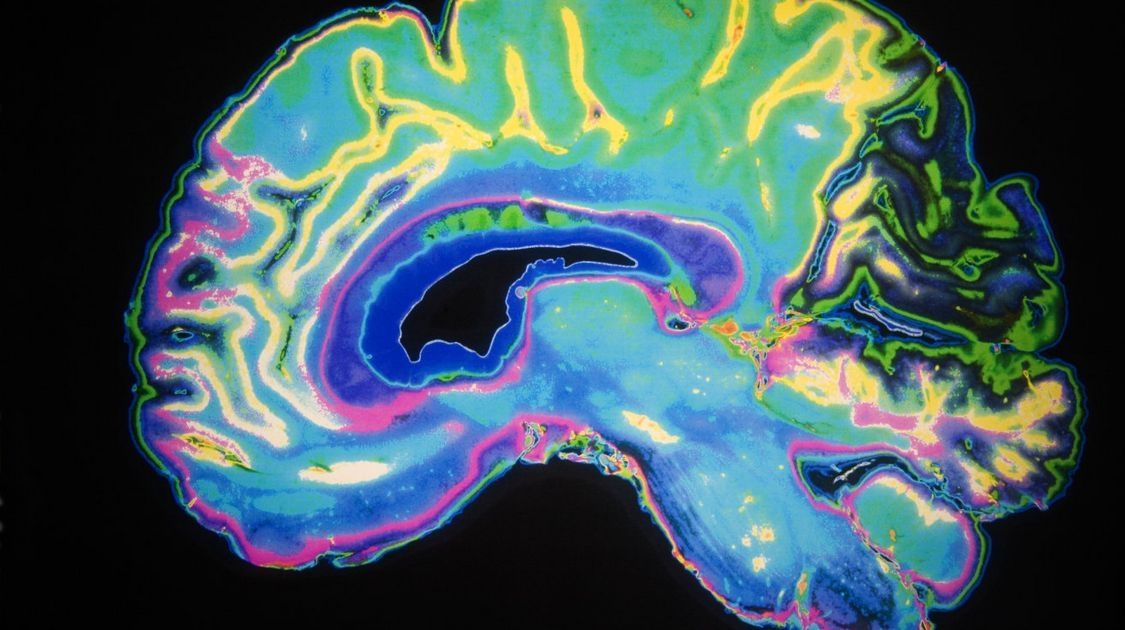Scientists just got one step closer to understanding the nuts and bolts of how your mind handles emotions. An MIT team has identified two neural connections in the brain’s amygdala regions that process positive and negative emotional events. By tagging neuron groups with a light-sensitive protein, they discovered that the neurons form parallel but complex channels that respond differently to given situations. Some neurons within one of those connection will be excited by a feeling, while others will be inhibited — the combination of those reactions in a given channel may determine the emotion you experience.
It’s still early days. The researchers need to explore specific neuron populations in-depth to see how they’re connected, and they have to clearly define the larger neural circuits. If they succeed, though, they might help explain how mental health issues operate. Anxiety and depression might not fire the neurons that normally go off when you’re happy, for instance. The discoveries could lead to more effective treatments that restore your natural reactions.
